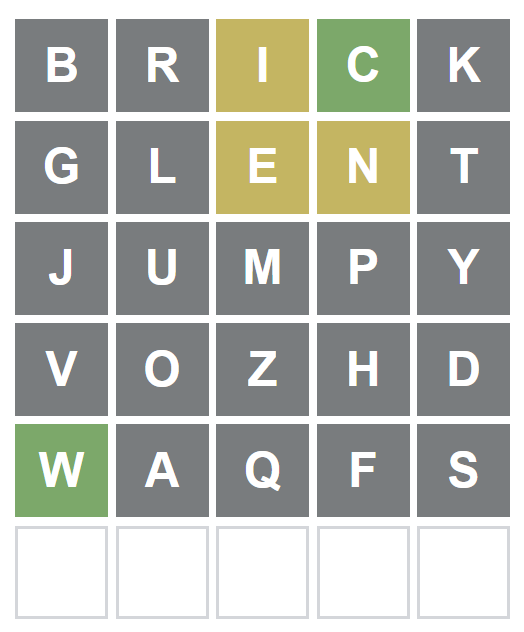GPT News Poet: silly AI poems based on today's news
Marton Trencseni - Sun 07 May 2023 • Tagged with gpt, python, gnews, ai
I show how I used GNews and the OpenAI API to build GPT News Poet, a fun toy site showing silly AI poems based on today's news.



















